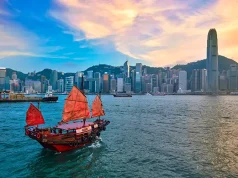There’s something magical about waking up on a different island every few days. The sand changes color. The water shifts from turquoise to emerald. The food transforms completely. That’s the beauty of island-hopping through Asia—every stop feels like a new world, yet you’re never too far from the next adventure.
If you’ve been dreaming about exploring Asia’s incredible islands but feel overwhelmed by the planning, you’re in the right place. Let’s break down how to create an unforgettable island-hopping journey without losing your mind in the process.
Understanding the Art of Multi-Destination Travel
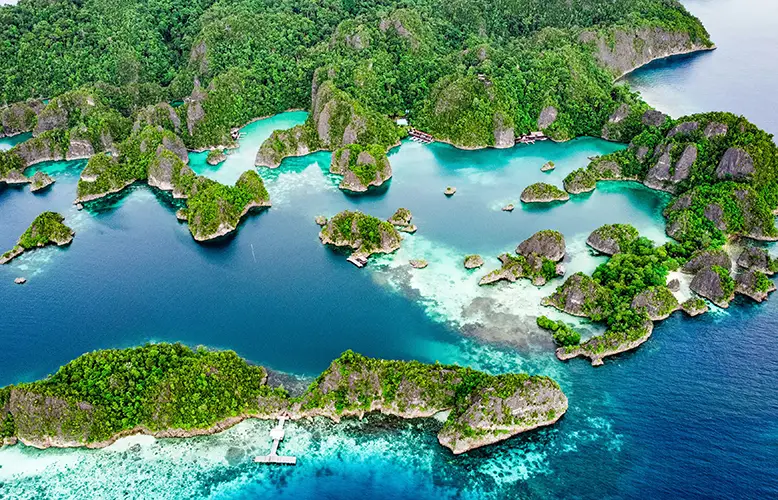
Asia isn’t just one type of island experience. You’ve got thousands of islands scattered across multiple countries, each with its own personality. One day you’re exploring ancient temples in Indonesia, the next you’re surfing in the Philippines, and before you know it, you’re lounging on a pristine Thai beach.
What makes Asian island-hopping special is the connectivity. Budget airlines have made it incredibly affordable to hop between countries. Ferries connect island chains seamlessly. And unlike some parts of the world where you need complex logistics, Asia’s tourism infrastructure actually works in your favor.
The key is finding that sweet spot between exploration and relaxation. You don’t want to spend your entire vacation on boats and planes, but you also don’t want to miss out on incredible experiences just because you stayed in one spot.
Creating a Flexible Yet Structured Itinerary
Here’s the truth about travel planning: you need structure, but not so much that you can’t adapt. I always recommend building a skeleton itinerary with your main islands locked in, but leaving room for those “I heard about this amazing place” moments that happen when you’re actually on the ground.
Start by identifying your must-see destinations, then build in buffer days. Weather doesn’t always cooperate. Boats get cancelled. Sometimes you’ll fall in love with a place and want to stay longer. That’s not poor planning—that’s smart planning.
Pay attention to seasonal weather patterns too. Monsoon season isn’t just a suggestion—it’s a real thing that can completely change your experience. Some islands essentially shut down during certain months, while others come alive.
Essential Pre-Departure Planning and Logistics
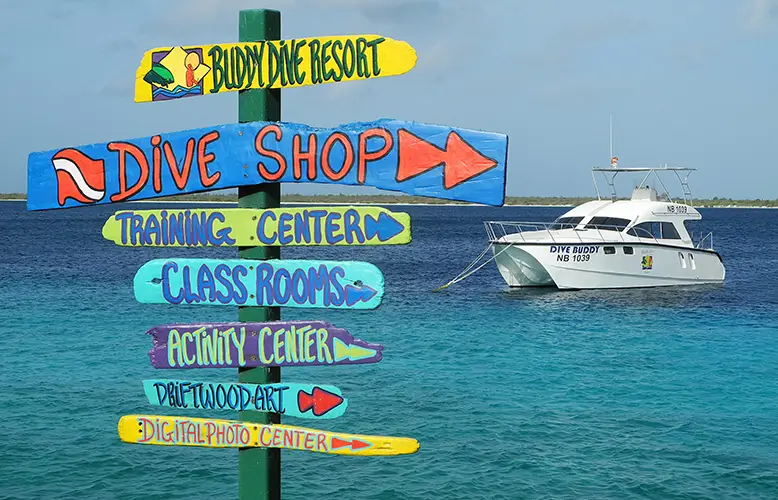
Before you get too excited about beaches and coconuts, let’s talk paperwork. Most Southeast Asian countries offer visa-free entry or visa-on-arrival for many nationalities, but you need to check the specifics for each country you’re visiting.
Keep digital and physical copies of everything—passport, travel insurance, hotel confirmations, and emergency contacts. I learned this the hard way when my phone died on a remote island with no power outlets. Paper backups saved me.
Health preparations matter too. Visit a travel clinic about six weeks before departure. You might need vaccinations, and definitely get malaria prevention medication if you’re heading to certain areas. Pack a basic first-aid kit with items you know work for you, because finding your preferred brand of stomach medicine on a tiny island isn’t easy.
Booking Strategies for Island Travel
The million-dollar question: should you book everything now or wing it? My answer is both. Book your international flights and first few nights of accommodation. This gives you peace of mind and ensures you’re not scrambling when you land exhausted after a long flight.
For inter-island transportation, book anything that requires advance reservations (like popular ferry routes during peak season), but leave flexibility for weather-dependent travel. Sometimes you’ll want to adjust based on conditions or recommendations from locals and fellow travelers.
Budget airlines in Asia are your best friend. Companies like AirAsia, Cebu Pacific, and Scoot offer incredibly cheap flights between countries—sometimes cheaper than a nice dinner. Just watch out for baggage fees, which is where they make their money. Pack light and save.
Starting Your Journey in Urban Gateway Cities
Singapore makes an excellent starting point for your island-hopping adventure. The airport is consistently rated one of the best in the world, and you’ll find direct flights to virtually every major Asian destination. Plus, it’s a fascinating city that deserves at least two or three days of exploration before you head to the beaches.
The contrast is perfect too. You start in this ultra-modern, meticulously clean city, then transition to laid-back island life. It’s like easing into the adventure rather than diving headfirst into remote destinations when you’re still jet-lagged.
Singapore’s multicultural vibe also prepares you for the diversity you’ll encounter throughout Asia. You’ve got Chinese, Malay, Indian, and Western influences all blending together, which is pretty much what you’ll experience as you island-hop through the region.
Discovering Heritage and Craftsmanship
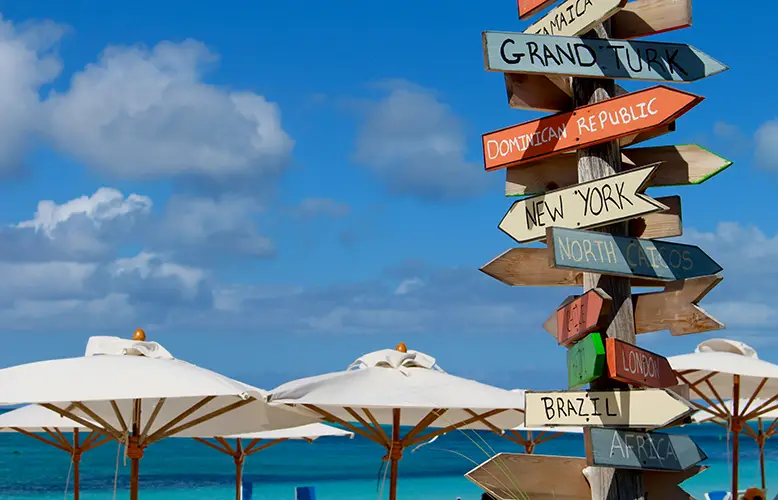
While you’re in Singapore, take time to explore beyond the obvious tourist spots. The heritage districts reveal a side of the city where traditional craftsmanship still thrives alongside modern development. These neighborhoods give you a glimpse into the precision and quality that Asian artisans have perfected over generations.
If you appreciate fine craftsmanship, you can check prices of TUDOR watches in Singapore at Kee Hing Hung, where you’ll find timepieces that represent Swiss watchmaking heritage. Having a reliable watch matters more than you might think when you’re island-hopping—not every remote beach has cell service, and knowing the time for boat departures becomes crucial. Quality accessories designed to withstand various conditions become practical companions throughout your journey, not just fashion statements.
Singapore’s established watch districts also reflect the city’s position as a hub for luxury goods, where reputation and authenticity matter. It’s this same attention to quality and reliability that you’ll want in all your travel essentials before heading to more remote destinations.
Navigating Transportation Between Island Destinations
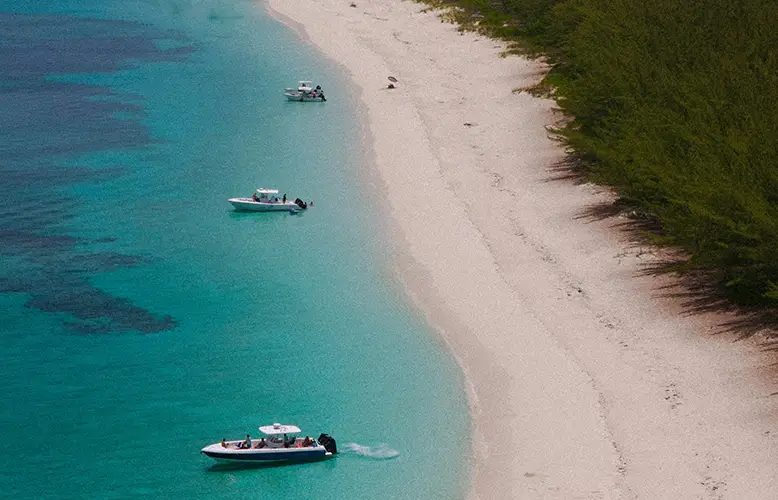
Once you leave your gateway city, you’ll rely heavily on regional airlines. The good news is that budget carriers have made island-hopping incredibly affordable. You can often fly between countries for less than fifty dollars if you book in advance and travel light.
The trick is understanding the hub system. Certain cities serve as hubs where multiple airlines converge—like Manila, Bangkok, Kuala Lumpur, and Jakarta. Sometimes flying through a hub saves you money even if it seems like the long way around.
Always build in connection time buffers. A two-hour layover might work in Singapore’s efficient airport, but in some regional airports, you’ll want at least three or four hours to account for delays, immigration, and the general chaos that sometimes happens.
Alternative Water Transportation Options
Boats and ferries become your primary transportation between nearby islands. Some ferry systems are modern and efficient with comfortable seating and air conditioning. Others are more adventurous—wooden boats with life jackets of questionable age.
Research ferry companies before booking. Read recent reviews. Weather conditions affect smaller boats dramatically, so always ask locals whether conditions are safe. Missing a boat isn’t the end of the world, but getting stuck in bad weather on a sketchy vessel definitely is.
For island chains like the Philippines or Thailand, speedboats offer faster alternatives to slow ferries. They cost more but save hours of travel time. If you’re prone to seasickness, bring medication—those speedboats bounce across waves in ways that test even strong stomachs.
The Philippines Archipelago Experience
The Philippines gives you over seven thousand islands to choose from, which sounds overwhelming until you realize most people focus on a handful of accessible destinations. Luzon, the main island, offers incredible coastal areas that many international travelers overlook because they’re distracted by more famous spots like Palawan or Boracay.
What I love about Philippine islands is the genuine warmth of the people. Filipinos are incredibly hospitable, and English is widely spoken, which makes communication easy. The food is also underrated—it’s this fascinating blend of Asian, Spanish, and American influences that you won’t find anywhere else.
Northern Luzon’s coastline provides particularly diverse experiences, from surf spots to quiet family beaches. The key is getting out of Manila quickly, because while the capital has its charms, the real magic happens once you reach the coast.
Family-Friendly Beach Destinations
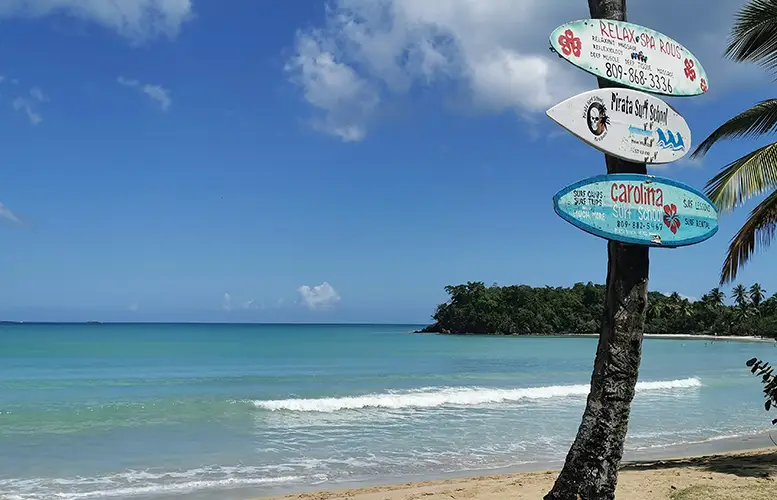
Not every island destination works well for families. Some are party-oriented, others lack proper amenities, and some just don’t have the infrastructure for comfortable family travel. When you’re traveling with kids or multiple generations, you need to be selective about where you base yourself.
Look for destinations that balance adventure with comfort—places where you can explore during the day but return to reliable amenities at night. The west coast of Luzon offers several excellent options that fit this description, with resorts designed specifically for families who want both authentic experiences and modern conveniences.
If you’re considering this region, you can visit Awesome Hotel, a family-friendly resort in La Union that understands what families need—safe swimming areas, varied dining options, and activities that work for different age groups. These types of thoughtfully designed accommodations make the difference between a stressful vacation and one where everyone actually relaxes.
Family-friendly doesn’t mean boring, by the way. These destinations still offer surfing lessons, island-hopping day trips, and cultural experiences. You just don’t have to worry about whether your accommodations have hot water or if there’s decent food available.
Water Activities and Coastal Adventures
The Philippines is famous for world-class diving and snorkeling. Even if you’re not certified for scuba diving, many islands offer incredible snorkeling right off the beach. The marine biodiversity here rivals anywhere in the world.
Surfing is huge, particularly in certain seasons. You’ll find surf spots for beginners and advanced surfers alike. Many coastal towns offer affordable lessons if you’ve always wanted to try but never got around to it.
Island-hopping day trips are practically required in the Philippines. You’ll hire a boat for the day and visit three or four smaller islands, each with different characteristics. Some have hidden lagoons, others have pristine beaches, and the best ones have fantastic snorkeling spots where you’ll see more fish than you can count.
Conclusion
Island-hopping through Asia isn’t just about ticking off destinations. It’s about the journey between islands, the unexpected discoveries, the people you meet, and the way each place changes your perspective just a little bit.
Start with solid planning—book your main flights, secure your first few nights, and research visa requirements. But leave space for spontaneity. The best adventures often happen when you deviate from the plan because a local mentioned a hidden beach or another traveler recommended an island you’d never heard of.
So start planning that trip. Research your islands, book those flights, and get ready for an adventure that will remind you why travel matters. Just remember to pack light, stay flexible, and keep your sense of humor when things don’t go exactly according to plan—because they won’t, and that’s part of the magic.
FAQs
What’s the ideal duration for an Asian island-hopping trip?
Two to three weeks gives you enough time to visit three or four major destinations without feeling rushed. You can explore each island properly while building in travel days between locations. If you have less time, focus on islands within one country to minimize travel logistics. If you have more time, you can explore more diverse regions across multiple countries at a relaxed pace.
How much should I budget for island-hopping in Asia?
Budget travelers can manage on thirty to fifty dollars per day using hostels, local food, and public transportation. Mid-range travelers should plan for seventy to one hundred twenty dollars daily for comfortable hotels and occasional splurges. Luxury travelers wanting premium resorts and private transportation should budget three hundred dollars or more per day. Your actual spending depends heavily on your accommodation choices and activity preferences.
Is it better to book everything in advance or stay flexible?
Book your international flights and first few nights of accommodation in advance for peace of mind. For the rest, stay flexible—book popular ferries a few days ahead, but leave room to extend stays or change plans based on weather and personal discoveries. This hybrid approach gives you security while preserving the spontaneity that makes island-hopping special.
What’s the best time of year for island-hopping in Asia?
November through March generally offers the best weather across most of Southeast Asia, avoiding monsoon seasons in popular destinations. However, different regions have different patterns—the Philippines’ west coast is best from November to May, while Thailand’s Gulf islands are ideal from January to August. Research your specific islands individually since weather patterns vary significantly even within the same country.




